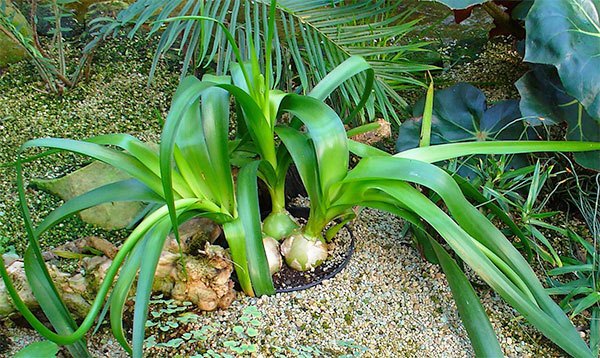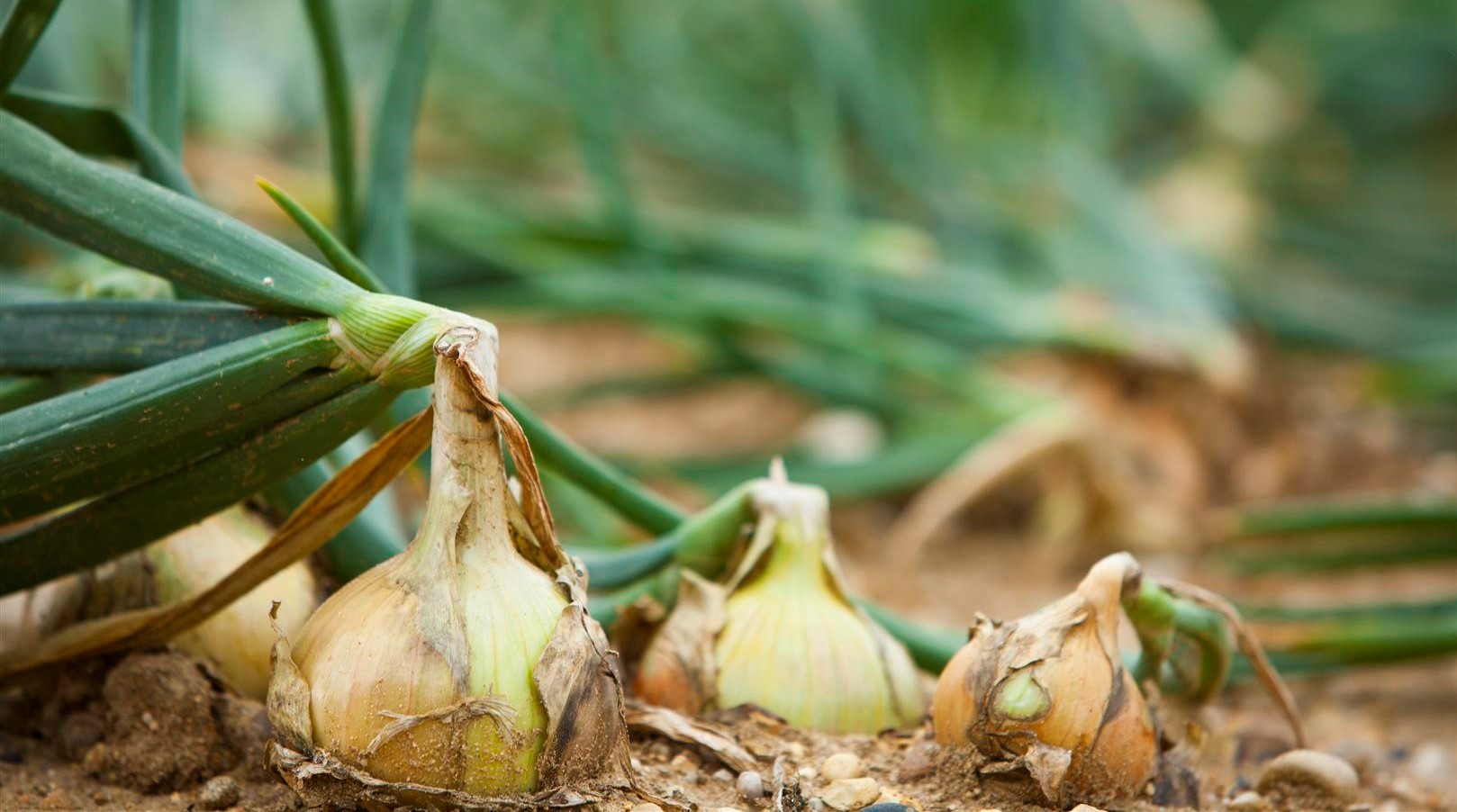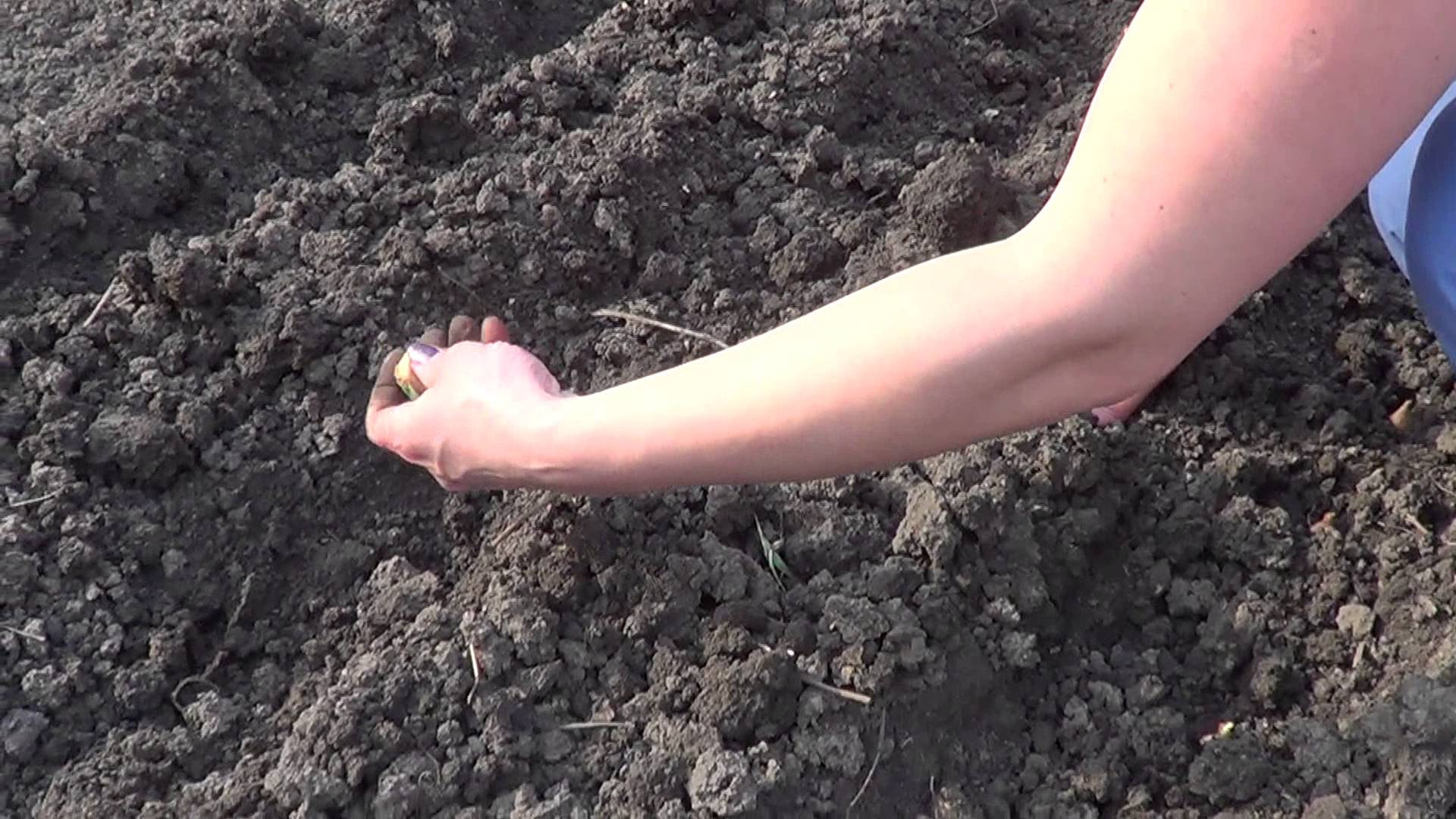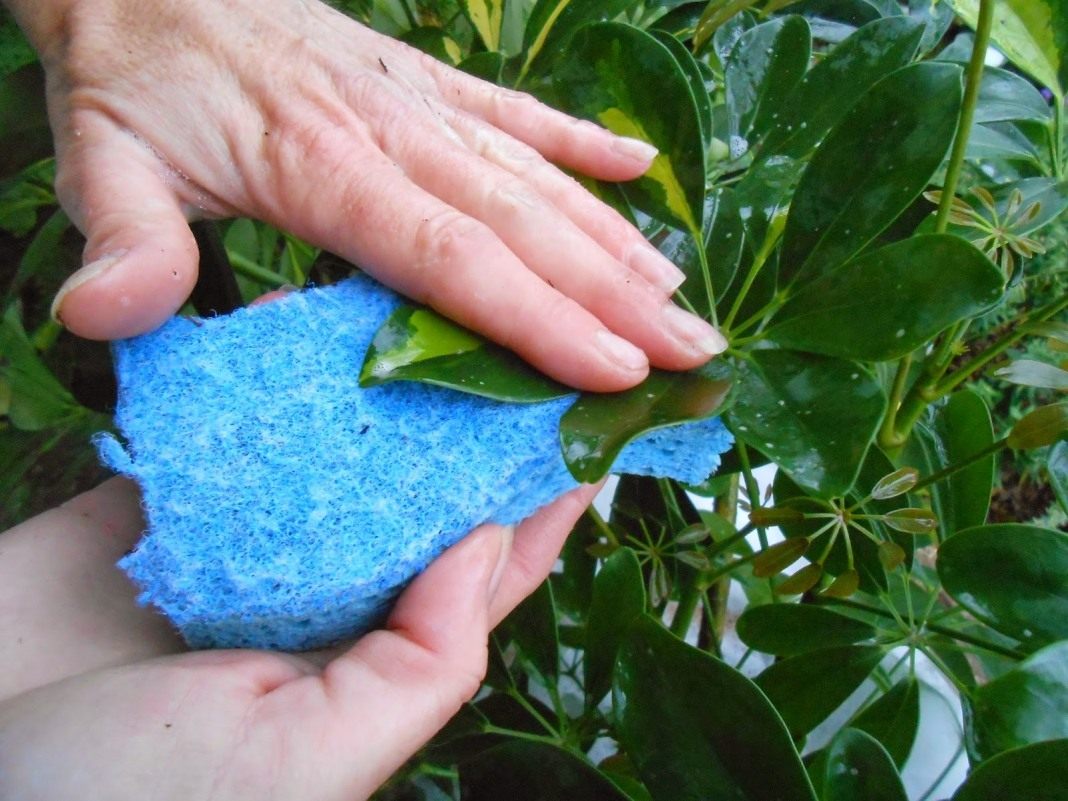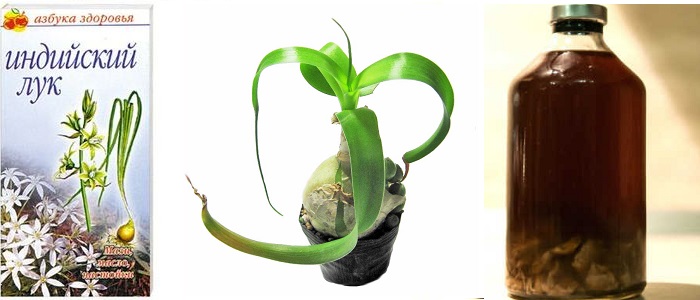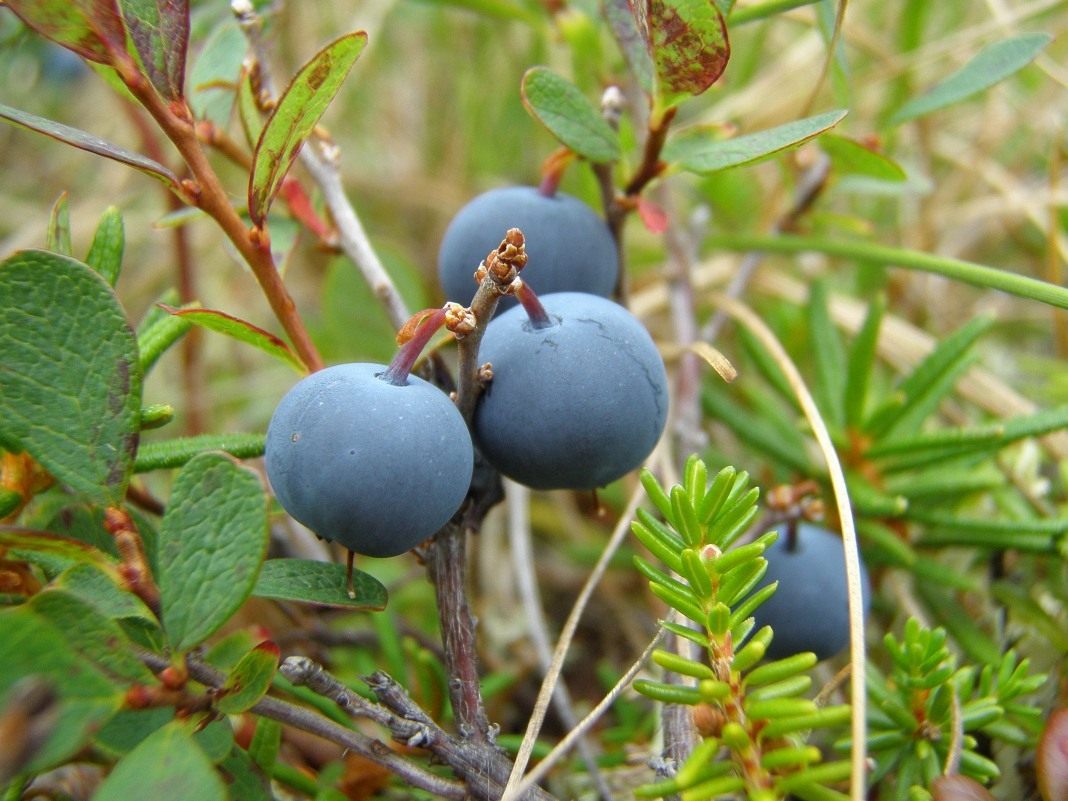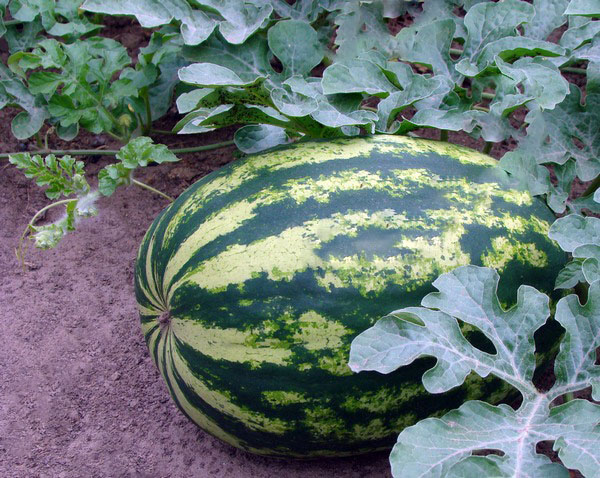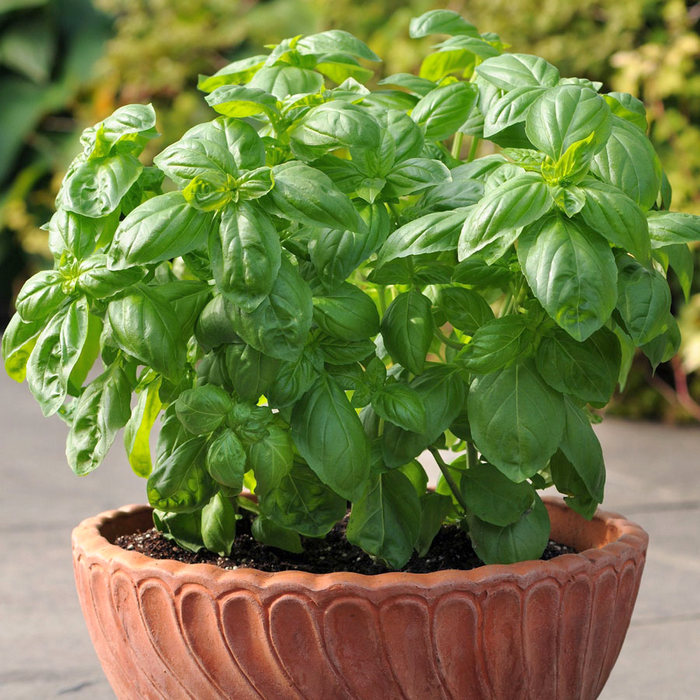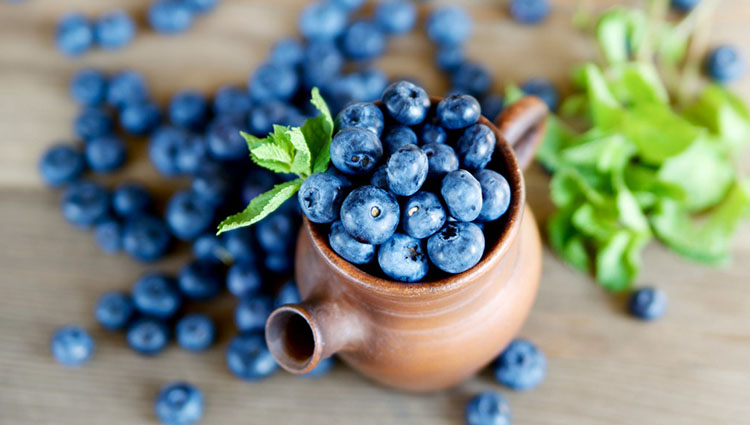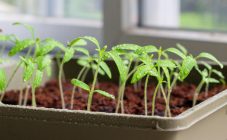Content:
Indian onions are grown primarily for the purpose of obtaining medicinal raw materials. Modern medicine is developing tirelessly and supplies the market with a lot of the latest drugs, however, confidence in folk remedies does not fall. The plant is used to treat many diseases, and its history goes back to ancient times. Its name is translated from Latin as poultry farm.
Description of the plant
South Africa is considered the birthplace of the medicinal plant. It was there that it was first noticed by researchers. Indian onions are produced not only for the sake of obtaining medicinal raw materials. Growing at home is also advisable for decorative purposes. It can bloom very beautifully, complementing landscape landscapes. Long flowering. A flower-bearing brush is formed, similar in appearance to a tail, up to 1 meter long. For the first time, a flower appears in the second or third year after planting in early spring or at the very beginning of winter.
The leaves are long, not wide, like belts, an inflection forms in the middle. Their length ranges from 60 cm to 1 meter. The taste is pungent. In large quantities, the juice of the poultry farm is poisonous, but in small doses it is used in folk medicine.
Medicinal onion, called Indian, is grown as a perennial. It forms a round bulb covered with yellowish scales. Its diameter reaches 10 cm. During the ripening period, the plant throws out a tailed spikelet, on which black seeds form after flowering. When growing Indian onions indoors, it should be artificially pollinated or taken outside for insects to do this. Otherwise, you will not be able to get full-fledged seeds.
Agrotechnics
Reproduction of Indian onions
There are three ways to propagate Indian onions:
- seeds;
- children;
- dividing an adult onion.
Reproduction by bulbous babies is recognized as the simplest and most effective. After the plant has stopped blooming, up to two dozen children are formed on it. As they grow, they separate and tear the skin of the mother bulb. Initially, they may look like small bumps, but very soon they become like small sprouts. You can immediately plant them in moist soil, or you can wait until they take root in a pot with a mother's bulb.
The propagation of Indian onions by seeds is also very common. Only now, in order to obtain seed that is capable of germinating, the inflorescences must be pollinated. If the plant is grown as an ordinary indoor flower, then it is impossible to collect full-fledged seeds from it. Some hobbyists resort to artificial pollination techniques. To do this, gently touch all flowers with a brush, one year old and older. You can take the pot out to the balcony or outside for a warm period so that pollinating insects have access to it. As soon as the seed pod is completely dry, the seed can be collected from it and planted in the open ground. The seeds germinate well and produce a large number of small bulbs.
A less common way of dividing an adult bulb. They rarely resort to using it. To do this, the tuber is divided in half, planted in separate pots and two independent flowers are obtained.
Sowing Indian onions by seeds
Only seeds of pollinated onions are used for reproduction. They are sown in spring or summer. Previously, in order to activate, the seed is kept in the refrigerator for 4 months.
A universal fertile substrate is poured into the box. You can cook it yourself, using peat and perlite in equal proportions for this. Grooves are made and seeds of Indian onions are sown to a depth of 1.5 cm. Sprinkle lightly on top with earth and water with a spray bottle. Germination of seed takes a long time, within six months, and sometimes even 8 months. As soon as 3-4 leaves appear on the plants, they are transplanted into separate pots. The composition of the soil must include river or sea sand, leaf and sod land.
Planting young bulbs
You can grow Indian onions using the young bulbs formed after flowering. It is allowed to plant them not only in pots, but also in open ground. Only this method has certain features. The poultry farmer does not tolerate even a slight drop in temperature to negative values. Therefore, if in the spring the bulbs are planted in the garden, then in the fall they will still have to be moved indoors. There are no particular problems with this, the plant tolerates transplantation very well.
Planting bulbs in open ground is carried out when the threat of night frosts has completely passed. Indian onions are not picky about the soil, but they do not tolerate too acidic soil or wetlands. You can plant it not only in a sunny place, but also in partial shade. In the fall, the bulbous bush, along with a lump of earth, is transplanted into a pot and brought into the room.
Indian onion care
Indian onion is recognized as one of the most unpretentious and undemanding plants. However, he still needs some care. The poultry garden does not tolerate excess moisture in the soil, therefore watering should be moderate. This is especially true for the winter period. Irrigation is carried out only when the topsoil is completely dry. The number of waterings begins to be reduced from the beginning of July, when the plant sheds foliage.
You can grow Indian onions both in a sunny and well-lit place, and in partial shade. Only he does not tolerate direct sunlight, which can cause burns on the leaves. In summer, when the air in the room is dry, the leaves of the poultry yard should be sprayed with warm water in the morning. The rest of the time they are wiped with a damp cloth, thus getting rid of dust that slows down the processes of photosynthesis.
Nature has decreed that the Indian onion cannot withstand low temperatures. The optimal mode for him is + 20 ° С. If the mark of the thermometer moves below this indicator, then the poultry farm drops the leaves or folds them.
From March to August, every month you need to feed Indian onions using an infusion of wood ash. You can prepare it using 1 tablespoon of ash per 1 liter of water. Infuse the resulting mixture for a week, stirring occasionally. Such fertilization can be alternated with complex mineral fertilizing. The use of a weak potassium permanganate solution is also beneficial.
In order for the flowering to be beautiful and lush, every couple of years the poultry farm must be transplanted into a new land. To do this, use a pot, the distance between the onion and the walls of which is no more than 2 cm. It is better to use ceramic dishes, since they have an impressive weight and are difficult to knock over to a powerful Indian bow.
Harvesting
Harvesting Indian onions consists in trimming the leaves, which will later be used to prepare medicinal infusions. Our ancestors also noticed that it is better to carry out this procedure on certain days. As a rule, all actions are carried out with the growing moon at noon.It is believed that at this time the plant has the greatest healing power.
Many beliefs and legends are associated with Indian onions, therefore, harvesting often becomes similar to some kind of ceremony. For example, someone reads a prayer before cutting the leaves, someone washes their hands thoroughly the day before and heals the blade of a knife with which the leaves will be cut. Modern man is not inclined to believe in such sacraments, but some traditions are still preserved at the present time. The cut leaves are recommended to be used immediately to prepare the tincture. Drying the raw materials is not worth it, since most of the beneficial properties will be lost.
Useful properties and contraindications
The properties of the Indian medicinal onion are simply amazing. He has the ability:
- relieves pain;
- has a wound healing effect;
- improves blood circulation;
- destroys pathogenic bacteria;
- helps in the treatment of osteochondrosis;
- promotes a speedy recovery from colds.
Siberian healers knew about this for a long time, and they successfully applied this folk method of treatment. The poultry garden has excellent phytoncidal properties. Traditional medicine also did not stand aside. Indian onion is included in many drugs for the treatment of acute respiratory diseases. They are distinguished by instant action and quick relief of symptoms of the disease.
In folk medicine, Indian onion tincture is used as a remedy for wound healing, treatment of bruises. With its help, you can heal a sore joint, get rid of migraines, disinfect an injured nail, etc. Like aloe, compresses and rubbing are prepared from a poultry farm. The effect of their use can be felt within 15 minutes.
Despite the huge number of positive reviews, the Indian onion has a contraindication. A person may have an individual intolerance or allergy to poultry juice. It can manifest itself in the form of redness, itching, rashes or swelling.
Treatment with Indian onions for various diseases is very effective, and the result will not be long in coming. The main thing is to find the right recipe and apply it correctly without harming your health. The flower extract was used by ancient shamans and healers. It will not be difficult to propagate and grow a poultry yard, since after flowering, each bulb gives numerous offspring. In addition to medicinal properties, the plant also has decorative qualities. A spikelet of white color against a background of green slightly drooping foliage looks just excellent. Indian onion is unpretentious and undemanding, does not take up much space, therefore it can be grown in any apartment.
